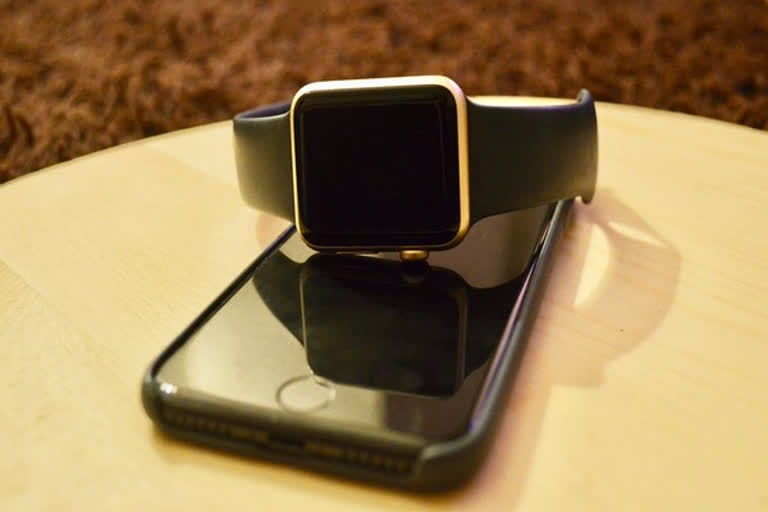Washington:Preliminary research has found that constant stream of data from wearable devices such as Oura rings, Fitbits, and Apple Watches reveal early-warnings for coronavirus symptoms, days before people could even realize that they have been infected by the contagious infection, The Washington Post reported.
That means fitness trackers could be on their way to becoming sickness trackers.
The initial findings from two academic studies into the data from wearable devices prove to be a small step in the fight against the coronavirus and a giant leap for wearable tech.
Since March, a half-dozen studies have been exploring whether the constant stream of data that wearables gather about human bodies offers any clue about who may have caught the coronavirus.
On Thursday, researchers at Rockefeller Neuroscience Institute in West Virginia, the US, reported that Oura ring data, combined with an app to measure cognition and other symptoms, can predict up to three days in advance when people will register a fever, coughing or shortness of breath. It can even predict someone's exact temperature, like a weather forecast for the body, the researchers said.
Professor Ali Rezai, the institute's director, was quoted by the Post as saying that the technology is valuable because it is tuned to reveal infection early on when patients are highly contagious but do not know it.
Read |Aus zookeeper mauled by lions, critical
He called the combination of the smart ring and app a kind of 'digital PPE or personal protective equipment. 'It can say, "This individual needs to stay home and not come in and infect others,'" he said further.
In addition to this, researchers at Stanford University studying changes in heart rate from Fitbits have also informed that they have been able to detect the coronavirus before or at the time of diagnosis in 11 of 14 confirmed patients they've studied. In this initial analysis, they could see one patient's heart rate jump nine days before the person reported symptoms. In other cases, they only saw evidence of infection in the data when patients noticed symptoms themselves.
